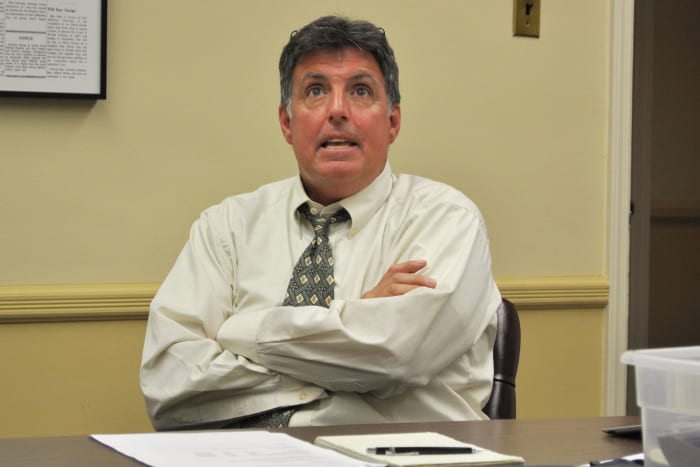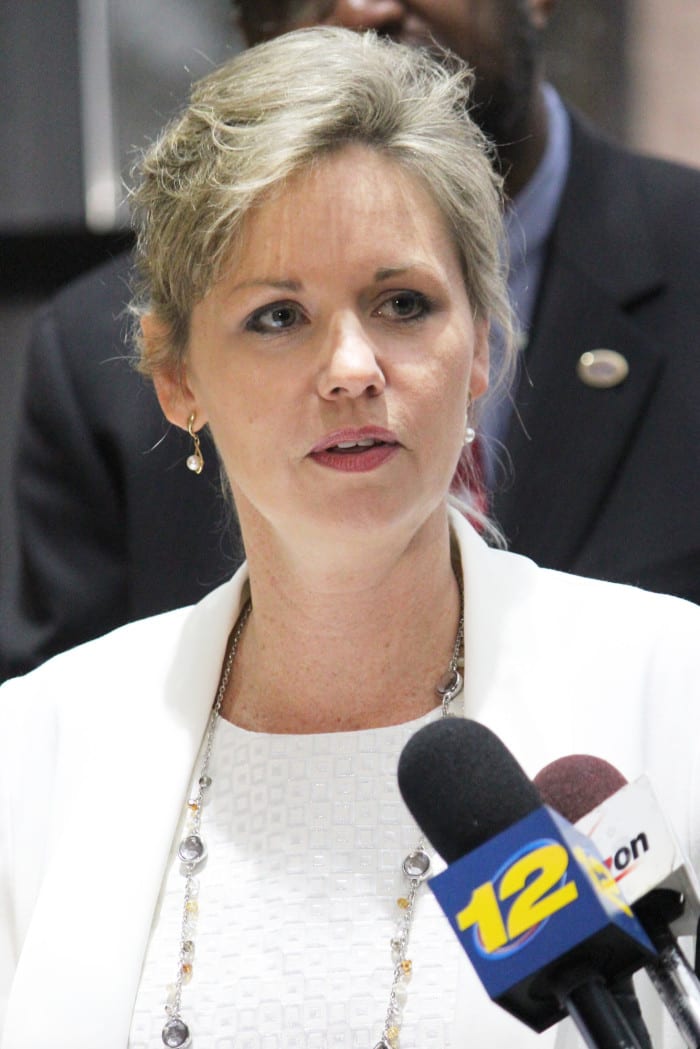Port Jefferson officials are whittling down the village’s budget proposal for 2015-16.
During a budget workshop at Village Hall on Monday afternoon, the board of trustees slashed almost $300,000 from department funding requests, to get the preliminary spending plan down to about $10.34 million.
One of the pricier items the trustees removed was a generator for the Department of Public Works — something that had also been an issue during last year’s budget process. On Monday, the trustees agreed that the generator, being a one-time capital expense, would better belong in the capital budget, rather than the operating budget. The board was also looking at the generator as part of a larger capital project: its proposed emergency operations center.
Due to safety concerns and power complications during storms like Hurricane Sandy in 2012 and Winter Storm Nemo in 2013, officials have set up shop at the Mount Sinai headquarters of the Port Jefferson Volunteer Ambulance Company during weather emergencies. But the village is seeking to build an emergency operations center, which would include a generator, at the village government building on North Country Road that houses both the public works and building and planning departments. That operations center could receive state aid to be built.
The draft $10.34 million budget for next year — as compared to the current $10 million budget — would increase the tax rate by a little more than $1.50 for every $100 of assessed value.
However, the trustees are still reviewing both the revenue and spending sides of the budget, including items like trustee salaries and the number of code enforcement work hours.
The board will hold a public hearing on possibly piercing through the state-imposed cap on tax levy increases in Village Hall on April 6, and then will hold a public hearing on a finalized budget proposal on April 15.








